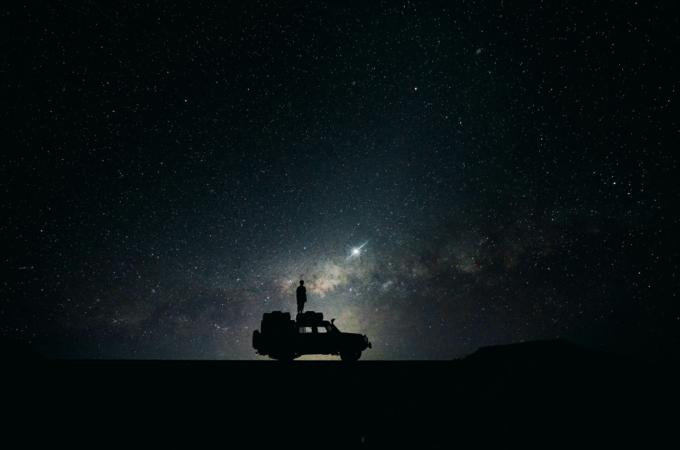A still small voice
This week, I took the train from Washington to New York. It was spooky. Union Station in Washington, usually bustling at 6:30 in the morning, was deserted. A man in blue overalls silently swept the Main Hall. One lady joined me on the Acela. I had the quiet car to myself.
Manhattan was naturally busier, but cabs moved freely around town. I had a meeting on Park Avenue, about 20 floors up. I looked across the street into dark, empty rooms. The lawyers, bankers, financial firms, insurance companies, ad agencies are all working from home.
It was a warm night when I got back to Washington, and I sat outside for a bit before bed. We live on the campus, and ordinarily you hear students walking around and talking. Not now. It's so quiet that the deer come out of the woods across the road and feast on our shrubs and trees. At 8:56 p.m., you can hear taps a mile away at the Old Soldiers' Home.
For us who live in the city, COVID-19 has wrought a real change in our surroundings. Things are quieter, darker, slower. I find my mind works differently. The world obtrudes less on my thoughts. It got me thinking what it might be like if it were really dark and quiet.
I once worked on a ranch in Montana. It never gets dark there. The air is so clear the sky blazes at night. And you can hear the cows, and coyotes, and the Missouri River. If you want real quiet, it's got to be a desert like the Sahara or the Dry Valleys in Antarctica, where there are no plants or animals or rivers, just sand and rock.
Microsoft built an anechoic chamber at its headquarters in Redmond, Washington, to test new equipment. The background noise level there is -20.6 decibels. (The limit of human hearing is 0 decibels, but there are quieter sounds we can't hear; hence the negative number.) The chamber has a lot of sound-absorbing foam; it floats on vibration-damping springs. If a tree fell in the forest outside, you would definitely not hear it. Inside the chamber it's so quiet you can hear your blood flow.
I'm not sure what the visual counterpart of this would be. Cities have lights on all night. Deserts have the moon and the stars and Montana has the Northern Lights. You have to go underground to get away from light. The basement of my parents' house was cinderblock and had no windows. When the lights were off, it was pretty dark.
Black is the absence of color. When there is no light, everything is black. A few years ago, Surrey NanoSystems developed a material that absorbs 99.965 percent of visible light. Made of vertically aligned nanotube arrays, it's called Vantablack. It's so black it makes you dizzy. It can be applied in sprayable paint. At the Frankfurt Auto Show last year BMW unveiled a concept car in Vantablack.
It's curious, the force that pulls us toward quiet places and dark things. At some point along the line we find it beautiful. But it would be odd to say that the endpoint (the anechoic chamber, Vantablack) is beautiful. Music and art are beautiful; the natural world is beautiful. But with no sound and no light we are shut off from these things.
When I go on the occasional retreat, I find I spend hours chasing thoughts of home and work out of my mind before I can settle down. It is so easy to be distracted when we pray. Maybe that's the appeal of the desert and the cave. We need to shut out everything else before we can hear the still small voice that spoke to Elijah.
- Garvey is president of The Catholic University of America in Washington, D.C.



















